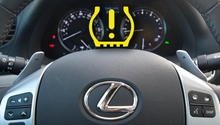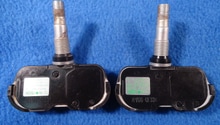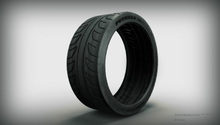Lexus: Why are My Tires Going Flat?
If you are faced with a flat tire, here's how to find the source of the problem.
This article applies to the Lexus IS, GS, ES, RX (2005-2013).
Flat tires often result from running over debris in the road, such as nails or bits of glass. The problem could also result from a poor tire repair job, an overly enthusiastic tire pressure monitoring system, or a bent rim. Here are some simple ways to determine the underlying cause of your Lexus' flat tires.

Materials Needed
- Tire pressure gauge
- Compact tire compressor
Step 1 - Check the tire pressure
If your tire pressure warning light goes on, one or more tires may be low on air rather than completely flat.
Checking your tire pressure is simple and requires a tire pressure gauge. You can find the manufacturer recommended tire pressure in your Lexus owner's manual or the tire placard that is often mounted on the inside of the driver's side door. To check your tire pressure, follow these steps:
- Place the tire pressure gauge on the tire's valve stem as evenly as possible.
- Press down firmly when the tire gauge is securely on the valve stem to get an accurate tire pressure reading.

Step 2 - Examine the tire
If the flat tire is caused by road debris, which is often the case, examining the tire should give you a better idea of the underlying cause. Nails are a common culprit, and tend to affect the back tires more than the ones in front. This is because the nail often lies flat when it is hit by the front tire, but raises just enough to puncture the rear tire. A visual inspection should give you a clear idea of any debris that may be making your tires flat. Although less common, a poor repair job, such as a patched up tire, can also lead to low or flat tires.
You can also use the soapy water trick to check the valve system. Simply take a spray bottle with a 20/80 mixture of liquid soap and water, and spray it on the tire and valve stem area. If bubbles form, it means the tire is leaking air; in this case, take it to a tire shop and they will repair it for you.

Pro Tip
If there is a nail in your tire but the tire has not yet gone flat, leave the nail in the tire and bring the car in to a tire repair shop. The nail may actually be plugging up the hole it created in the tire, which could lead to an instant flat if you try to remove it.
Step 3 - Inspect rims
A bent rim can cause the air in the tire to leak out. Bending a rim could easily happen by hitting a pothole on the road. Visually inspect the rims for any inconsistency, if you see a bend in your rim, take your Lexus to your local tire shop and they will fix it for you.
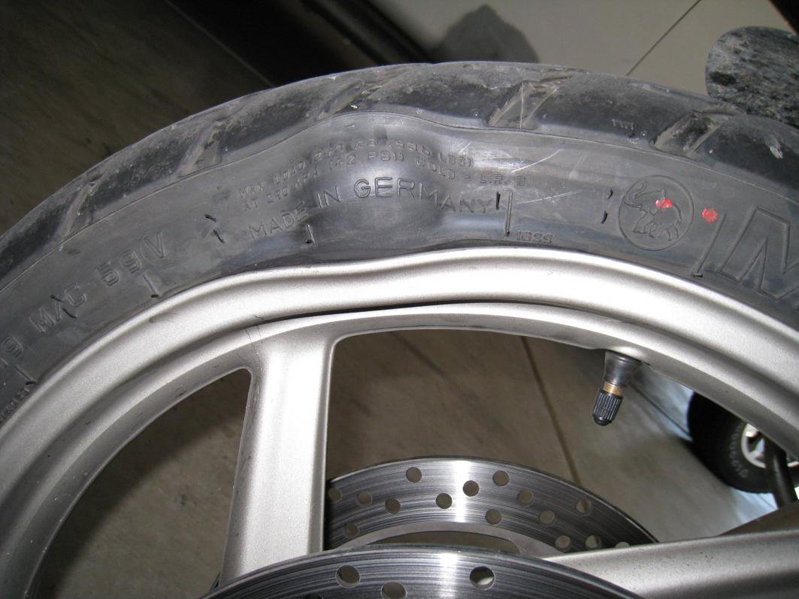
Step 4 - Reset the TPMS
Most modern Lexus vehicles come with a handy tire pressure monitoring system (TPMS). This system does a great job of letting you know when your tire pressure is too low or if the tire is flat. In some cases, you may know that the tire pressure is low, or perhaps the light remains on even after fixing a flat. In this instance, simply resetting the TPMS can put your mind at ease. To reset the TPMS, follow these steps:
- Put the key in the ignition and turn the vehicle to "on" but do not start it.
- Locate the TPMS button, a small black button underneath the dashboard and often to the right of the steering column.
- Press the reset button until it blinks three times.
- Leave the ignition "on" until the tire pressure warning light turns off, then shut off the vehicle.
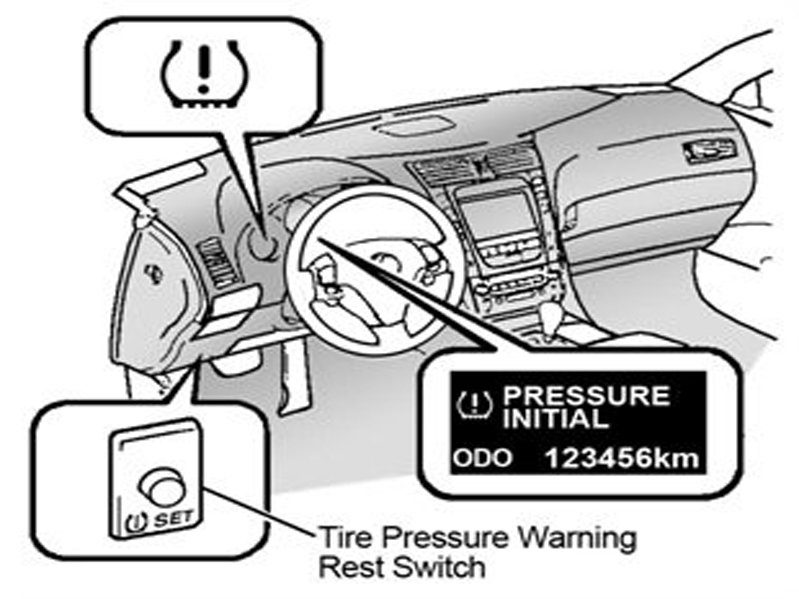
Related Discussion and Site
- Repeated Flat Tire - ClubLexus.com
- Flat Tire/Low Tire - Lexusownersclub.com

